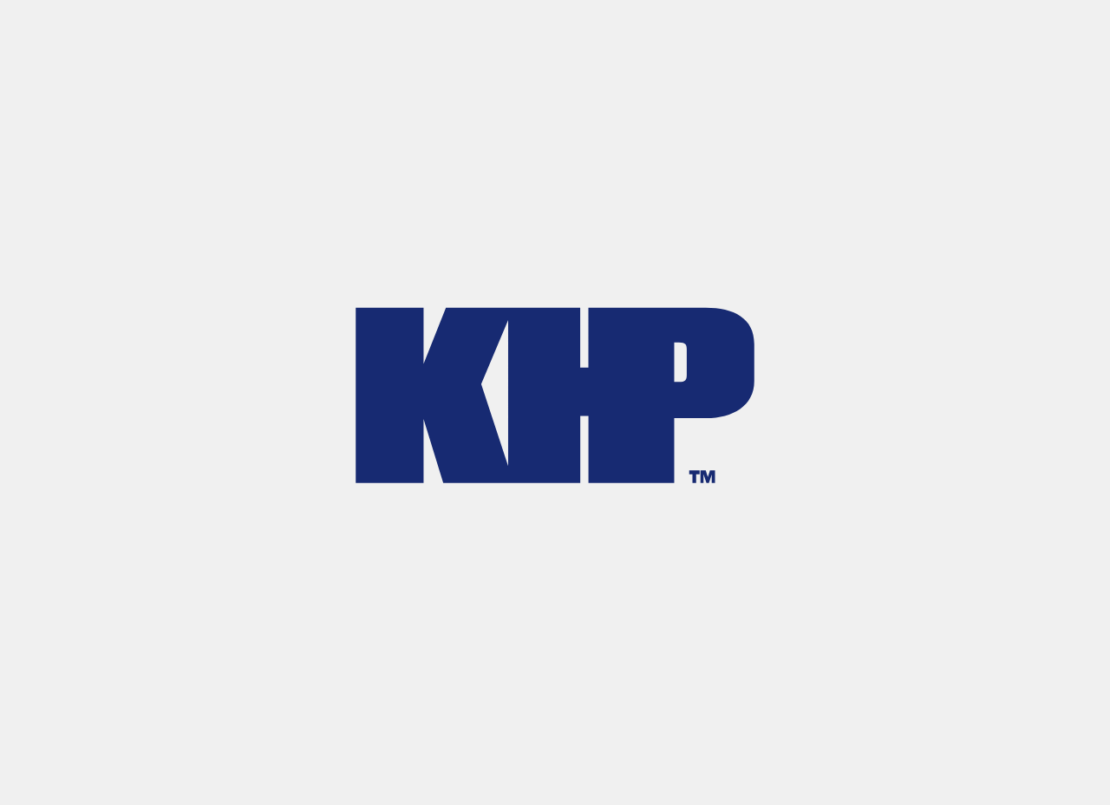
Innovation keeps Kids Help Phone relevant to young people
by The Globe and Mail
Innovation can be challenging for charities that are often focused on meeting the operational costs of delivering their services. But for Kids Help Phone, innovation is what keeps Canada’s only national service for young people accessible to those who need it.
“When we launched in 1989, telephones were all plugged into the wall and the Internet was still in the future,” says Alisa Simon, vice president of counselling services and programs at Kids Help Phone. “Since then, the journey of Kids Help Phone has been one of innovation supported by donors to ensure we remain relevant to young people.”
In 2002, the charity launched a web posting service where a young person could anonymously send an electronic letter and receive a reply. Kids Help Phone then offered its counselling services via instant messaging and later in 2016 launched its Always There app that connects directly to Live Chat. For young people who prefer to find a service without calling a counsellor, they can visit the Kids Help Phone website to use Resources Around Me, which enables them to find services and support groups in their own communities.
“Innovation is critical because in order for us to remain relevant, we know that young people expect us to communicate with them and be available in the ways that they want to connect,” says Ms. Simon, adding that more than a third of the organization’s counselling sessions are conducted over Live Chat.
The next innovation will be a texting service, and while the organization is raising funds to add that capability, it is watching other developments in technology that could positively impact its accessibility such as artificial intelligence and integrating with social media. Innovation is made possible by the organization’s donors. When Kids Help Phone launched nearly three decades ago, a group of concerned citizens and four founding partners – Bell, BMO Bank of Montreal, Nestlé and Parmalat (then Ault Foods) – recognized the need for the national 24/7 service.
“These four sponsors continue to give and provide us with significant financial support. They also engage their employees, customers and networks to help fund our service,” says Ms. Simon, who adds that Kids Help Phone raises about a third of its $17-million annual budget through community-based events that take place across the country.
She notes that while technology has changed over the years, the reasons young people call Kids Help Phone have not. Mental and emotional health concerns – anxiety, depression and self injury – were the number one reason people called the toll-free service when it first started, and it remains the number one reason.
When Justin Preston first called Kids Help Phone it was midnight, he was depressed, sad and also feeling the effects of homophobia and bullying – experiences he had kept from his parents. “I was nervous, but the person I spoke with was so accepting, loving and understanding of my problems. No one should feel nervous about calling in; being able to speak about your problems can really make a big difference,” he says.
Now a Kids Help Phone ambassador and founder of Rise Against Bullying, Mr. Preston speaks at schools across the country, where he says he sees youth struggling with their selfconfidence and trying to fit in with their peers. “A lot of kids feel very alone and they’re going through a tough time. It’s important for them to know that Kids Help Phone is there for them 24/7; they can call anytime they need someone to talk to,” he says.
“Part of what I think makes us so unique is that we’re one of the few support places that young people can access without intermediaries. They don’t need their parents’ permission. They don’t need health insurance, or a referral from a doctor, or counsellor, or teacher, and we are there for them 24/7 regardless of what the moment of need or crisis is,” says Ms. Simon.
You can save and change the lives of young people
Thanks to our growing community, Kids Help Phone offers free, 24/7 e-mental health services to young people in Canada. Your generosity helps ensure that someone is always there when support is needed for any issue, big or small.
